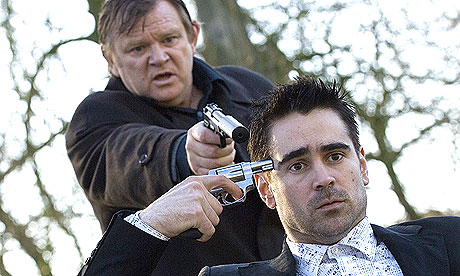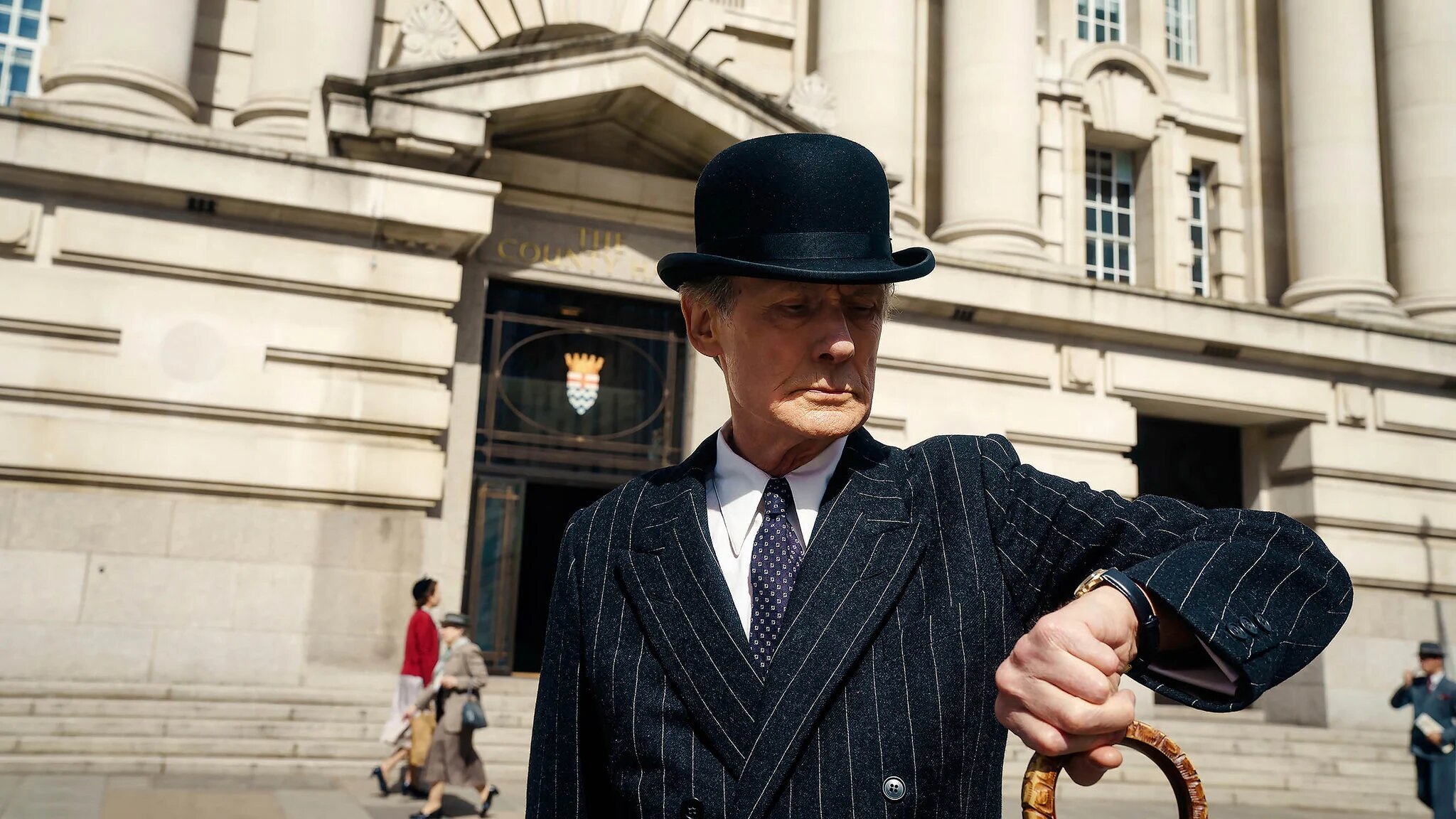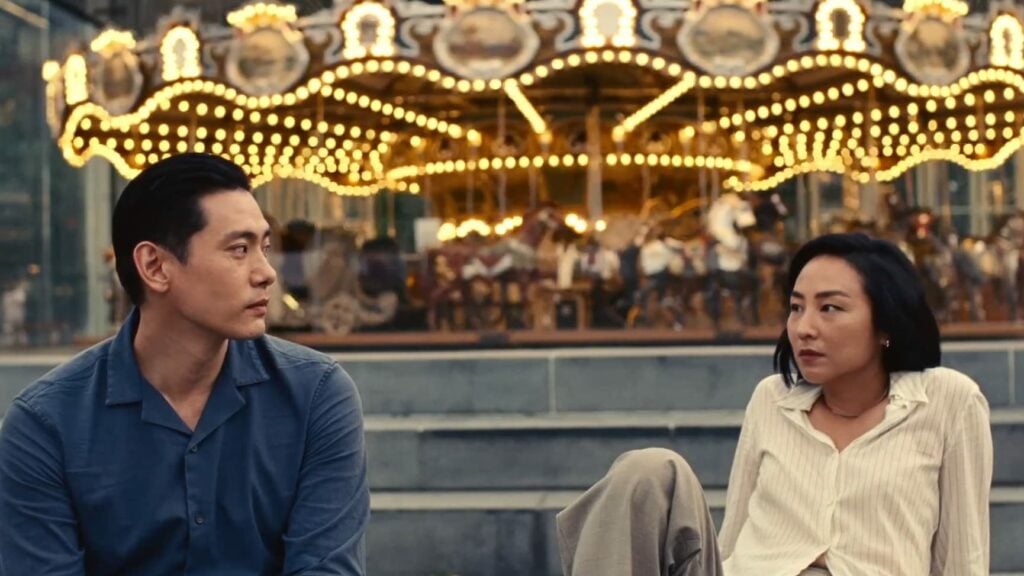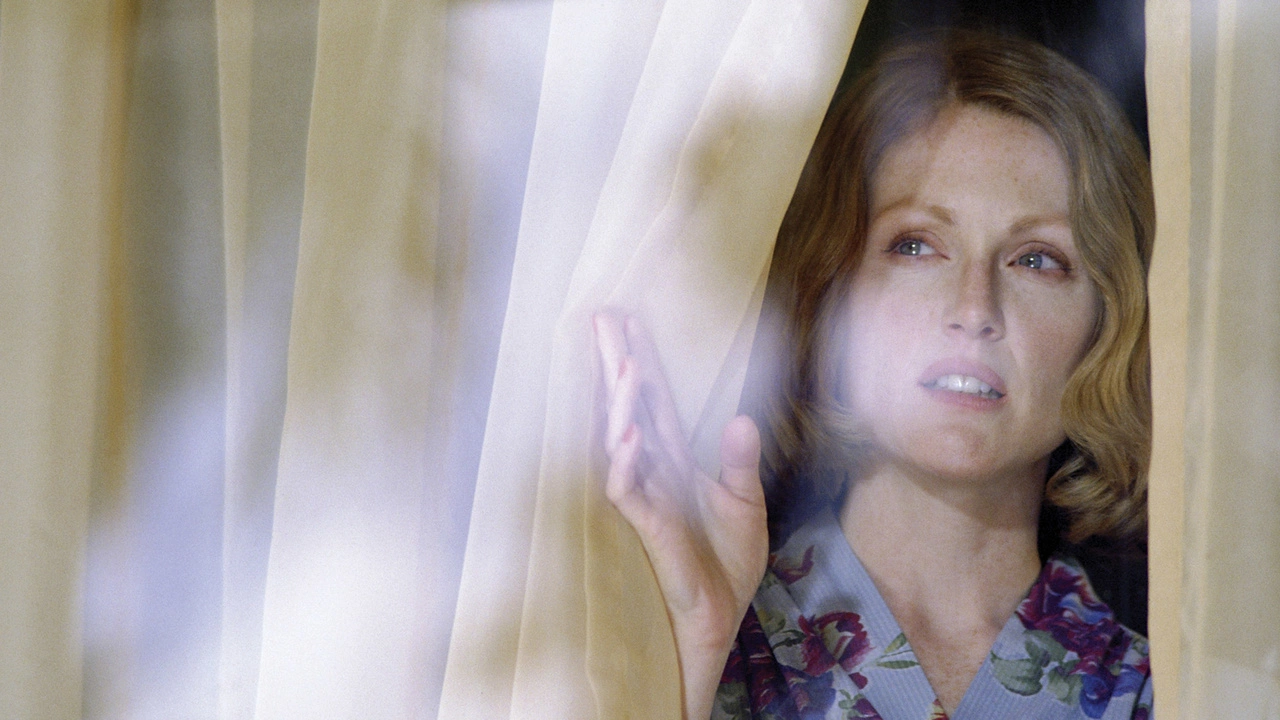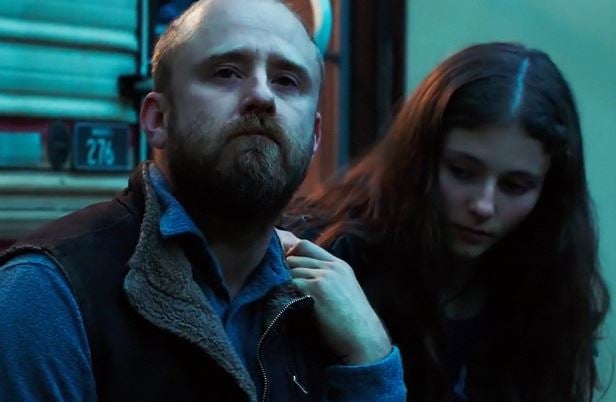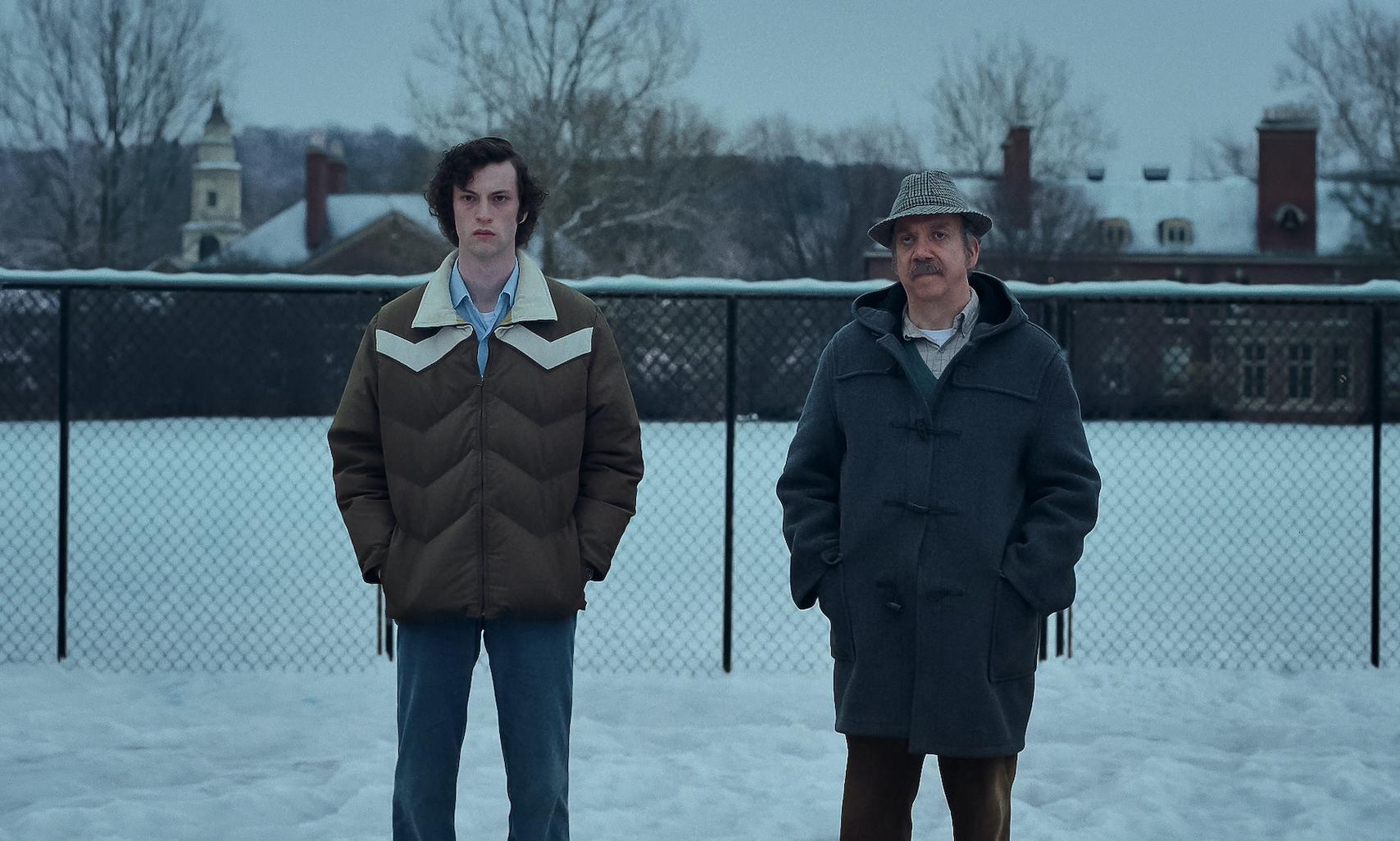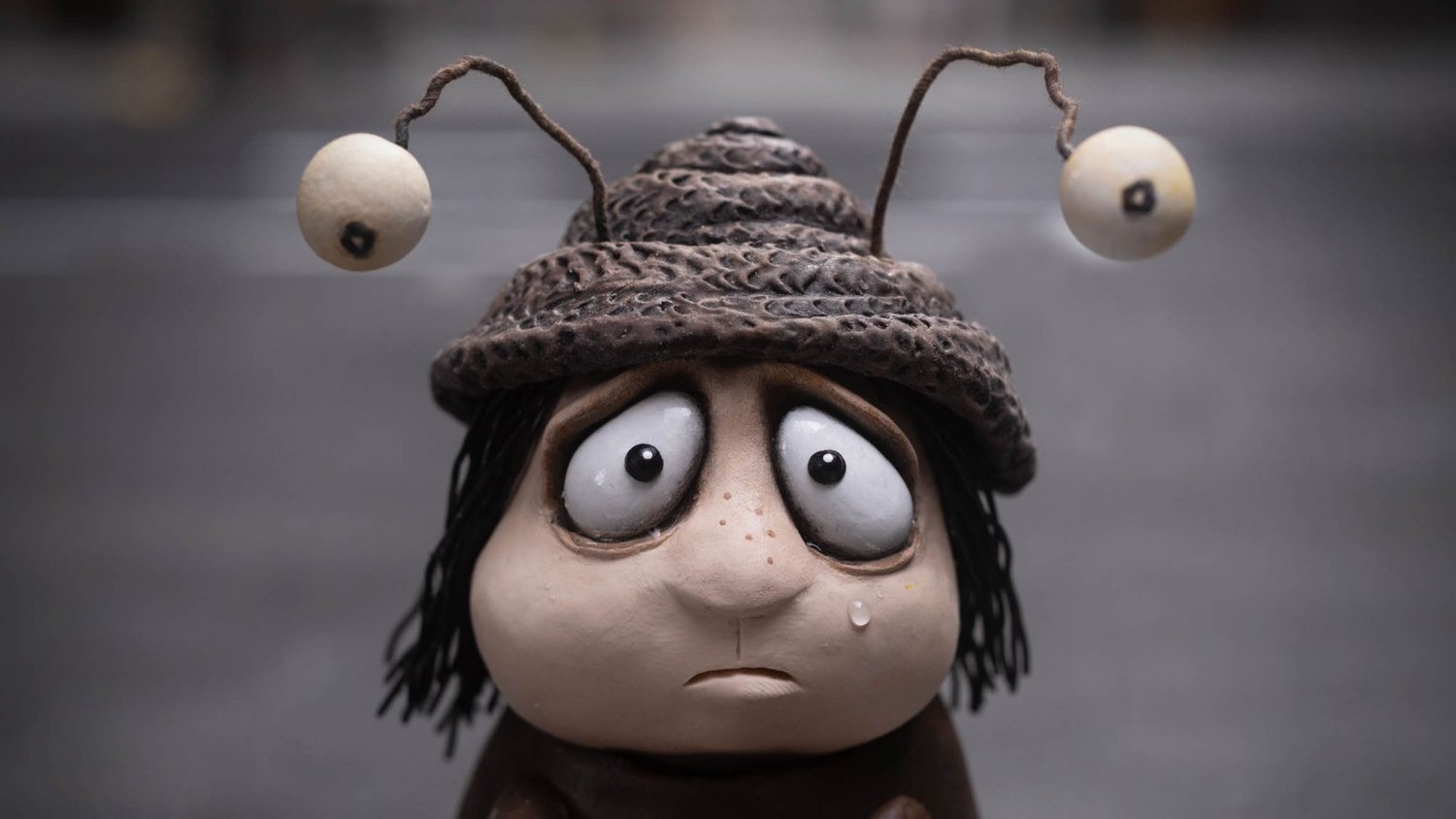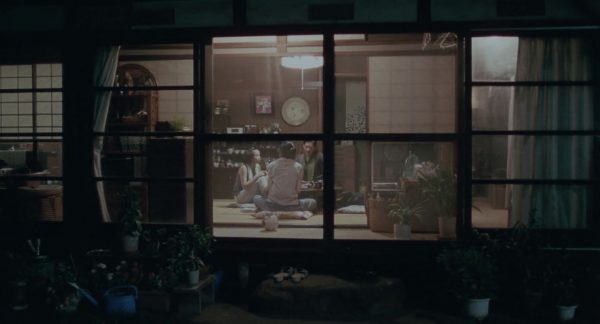
100 Best Movies on Spectrum on Demand
May 6, 2025
Share:
With more and more people switching to streaming, cable companies have also made a shift to offering streaming plans to loyal customers along with their usual cable deals. Since they also offer internet plans, it made sense for Spectrum to join the fray with Spectrum on Demand. The add-on surprisingly has a wide selection to stream, with plenty of quality films, and for viewers hankering for more, the platform also easily links you to even more films by pay-per-view. Here are our picks for the best films to watch on the platform:
Read also:
41. In Bruges (2008)
Genres
Director
Actors
Moods
In Bruges is a dark comedy about two Irish assassins in a ‘boring’ continental European city. The dark crimes that haunt them and their ineffably vulgar manner of speech contrast gloriously with the quiet beauty of the Flemish architecture and order, like a knife fight in a dollhouse. More endearingly, the relationship between the two killers constantly swings between endearment and distaste. If you liked Four lions or dark comedies in general, then you will love In Bruges.
42. Waves (2019)
Genres
Director
Actors
Moods
A beautifully shot movie about a high-schooler who’s pushed by his father to always work and exercise the hardest. He aces his exams and always wins at wrestling, but nothing is ever good enough for the father and there is no margin for error. When things with both his body and his relationship start going wrong, his existence comes crashing down. This movie has two parts, and it takes a lot of narrative risks, but the beautiful camera work and believable characters land every single risk. It’s an incredible achievement and a movie that should have gotten much more attention than it did.
43. Living (2022)
Genres
Director
Actors
Moods
Adapted from the Japanese film Ikiru, which in turn was adapted from the Russian story The Death of Ivan Ilyich, Living is a parable about, well, living. Specifically, it’s about the importance of wonder and the magic of the mundane. It’s also about legacy and the stories we leave in our wake, which live on long after we’re gone. This familiar premise could have very easily been turned into another trite and cheesy movie that warns you to make the most out of your life, but thanks to a lean script, assured camerawork, and powerfully restrained performances, Living is elevated into something more special than that. It’s a technically beautiful, well told, and profoundly moving film, with Bill Nighy giving a career-best turn as a repressed man aching for meaning in his twilight years.
44. Past Lives (2023)
Genres
Director
Actors
Moods
The concepts of roads not taken and domino effects have received plenty of cinematic attention in their showier forms by way of multiverse comic book movies and dimension-hopping films like Everything Everywhere All At Once. But, though there’s no hint of sci-fi in Past Lives, Celine Song’s gentle film can count itself as one of the best treatments of that universe-spawning question: “what if?”
When her family moves from Seoul to Canada, teenage Na Young bids a loaded farewell to classmate Hae Sung and changes her name to Nora. Years later, they reconnect online and discover the spark still burns between them. This is no idealistic romance, though: Past Lives is told with sober candor. Song acknowledges real obstacles standing in the way of a relationship between the two — those pragmatic (distance) and, more painfully, personal (evolving personalities, American husbands).
Those two threads — unrealized romance and the transmutation of identity that so often takes place after migrating — are expertly entwined in Past Lives to produce a sublime, aching meditation on memory and time, practical love and idealistic romance, and all the complex contradictions that exist in between. That Song communicates so much and so delicately in only her first film makes Past Lives all the more stunning.
45. The Hours (2002)
Genres
Director
Actors
Why do we stay alive? Do we owe it to people to stay alive? Not everyone thinks about these existential questions, and even less are obsessed with them. But the characters in The Hours, who span centuries, do. It’s one of the few things that tie them together, along with female malaise and a love for literature. The film is so seamlessly stitched together, you barely notice when it slips into another era, or speaks to us through another character. It feels natural to jump into different timelines and collect all these different memories and observations, in the same way it feels natural for everything to happen all at once in life. Some reviews claim that, because of the dark themes the film covers, it can be hard to watch, but I don’t think I’ve had an easier time watching anything. The script is poetic, the performances heart-wrenchingly good (what a trio!), and the editing so smooth. This is a thoughtful film through and through, not just in content but in delivery too.
46. Sicario (2015)
Genres
Director
Actors
Moods
This is the type of famous movie that doesn’t feel like one. So if you haven’t yet seen it, avoid watching the trailer. Kate (Emily Blunt) is an FBI agent who is enlisted to aid in the war on drugs at the Mexican border. She is introduced to Alejandro (Benicio del Toro), a quiet and secretive agent working on the Mexican side. The reason you shouldn’t watch the trailer is that Sicario is much more than just another crime action movie, which its marketing will lead you to believe. It’s gorgeously made, with scenes that will catch your breath starting from the color composition to the amazing performances by Blunt and Del Toro. It’s intense, intelligent and very realistic in its approach to action sequences. Directed by Denis Villeneuve (Prisoners, Incendies, etc.)
47. Leave No Trace (2018)
Genres
Director
Actors
Moods
Leave No Trace is the amazing new movie from the director of Winter’s Bone, Debra Granik. It’s the story of a father and his daughter who live completely off the grid in a national park in Portland, and their quiet quest to not be separated and remain off the grid. It’s not the sensational, tear-jerker story that you’d expect something with this premise to be. Rather, and like Winter’s Bone, it chooses a humane and realistic approach to the subject matter. The decision to live outside society is almost irrelevant to this movie. More so, its inevitability for certain people with certain mindsets is what is interesting. A stunningly quiet movie, really well-acted too.
48. The Holdovers (2023)
Genres
Director
Actors
Moods
Of all the Christmas-set films to have come out over the last couple of months that were, inexplicably, about grief and regret (you’d be surprised by how many there are), The Holdovers easily outdoes its contemporaries by being confident enough to just sit with its characters. Like the best of director Alexander Payne’s other films, there are no melodramatic crescendos or overcomplicated metaphors; there are only flawed individuals going about their lives, occasionally noticing the things that bind them together. Payne’s gentle touch means the characters (and the audience) aren’t forced to “solve” their grief, but allowed to come to terms with it in their own way, with each other.
Payne evokes the film’s 1970s setting through a muted color palette and analog—almost tactile—sound design, giving warmth to this New England despite all its snow and chilly interiors. It’s understandable that these characters are similarly cold to each other on the surface at first, but they manage to thaw the ice simply by taking the chance to listen to each other’s pain. It’s the kind of film in which relationships develop so gradually, that you hardly notice until the end how much mutual respect has formed between them when they return from their dark nights of the soul back to their status quo.
49. Memoir of a Snail (2024)
Genres
Director
Actors
Moods
The worst possible things that could happen, happen to orphaned twins Gracie and Gilbert but still they power on, motivated solely by the hope of being reunited once more. It’s a sweet premise, young siblings on opposite ends of the country encouraging one another with heartfelt letters. And with the soft-spoken Gracie (Snook) narrating the whole thing, it’s easy to be lulled into a sense of ease and comfort. But those familiar with director Adam Elliot’s work know that it’s never that simple. The film is as dark and edgy as it is sentimental and hopeful. It’s a complex piece of work, one that asks: is life worth living? After all the hardships, misfortune, depravity, and brutality, must we go on? You probably know what answer the movie will give you, but how it gets there is a heart-shattering journey that’s worth taking nonetheless.
50. Our Little Sister (2016)
Genres
Director
Actors
Moods
Hirokazu Koreeda can do no wrong. The director of Shoplifters and Still Walking is a master of dissecting complex family dynamics through a handful of events. In Our Little Sister, three close sisters who live at their grandmother’s house learn that their absent father has passed. They travel to the mountains to attend his funeral and meet their half-sister, Suzu, for the first time. Suzu is invited to live with the sisters and join their bond.
This movie is a true-to-the-form slice of life, it’s almost drama-free. This absence of plot is an absence of distractions: the sisters are all that matters to Koreeda. His only focus is on how this family becomes bigger, sees past grief, and how the group of close-knit sisters that grew up together can make room for a new addition.
Comments
Add a comment
Ready to cut the cord?
Here are the 12 cheapest Live TV streaming services for cord-cutting.
More lists
Lists on how to save money by cutting the cord.
Curated by humans, not algorithms.
© 2025 A Good Movie to Watch. Altona Studio, LLC, all rights reserved.
